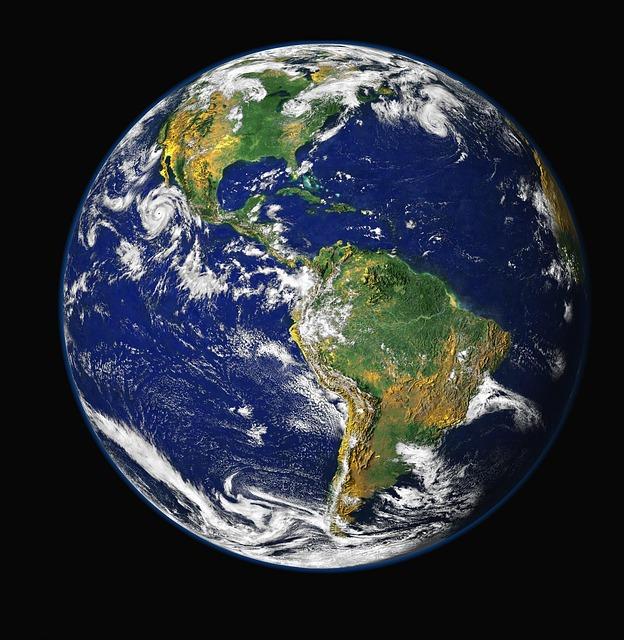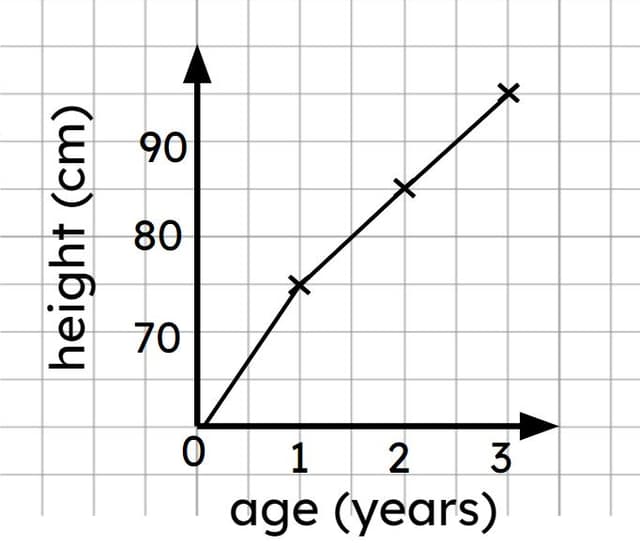Myths about teaching can hold you back
- Year 5
The impact of population growth (non-statutory)
I can describe the impact of a growing population on our planet and make predictions for the future.
- Year 5
The impact of population growth (non-statutory)
I can describe the impact of a growing population on our planet and make predictions for the future.
These resources were made for remote use during the pandemic, not classroom teaching.
Switch to our new teaching resources now - designed by teachers and leading subject experts, and tested in classrooms.
Lesson details
Key learning points
- Population growth is the increase in the number of humans on Earth over time.
- The growing population has been driven largely by the increase in human life expectancy.
- Plotting data into a line graph can help to make predictions of population growth for the future.
- Population growth can lead to increased demand for food, loss of habitats and more production of greenhouse gases.
Keywords
Population - The population of a place is all of the people living there.
Life expectancy - Life expectancy is the measure of how long a person may live.
Impact - The impact of something is the effect it has.
Prediction - A prediction is a statement saying what you think will happen.
Greenhouse gases - Gases which contribute towards global warming are called greenhouse gases.
Common misconception
Pupils may think that population size is only affected by the number of people being born.
Use the lesson resources to explain that many factors have an impact on population size, with the main contributing factor currently being the increase in life expectancy.
To help you plan your year 5 science lesson on: The impact of population growth (non-statutory), download all teaching resources for free and adapt to suit your pupils' needs...
To help you plan your year 5 science lesson on: The impact of population growth (non-statutory), download all teaching resources for free and adapt to suit your pupils' needs.
The starter quiz will activate and check your pupils' prior knowledge, with versions available both with and without answers in PDF format.
We use learning cycles to break down learning into key concepts or ideas linked to the learning outcome. Each learning cycle features explanations with checks for understanding and practice tasks with feedback. All of this is found in our slide decks, ready for you to download and edit. The practice tasks are also available as printable worksheets and some lessons have additional materials with extra material you might need for teaching the lesson.
The assessment exit quiz will test your pupils' understanding of the key learning points.
Our video is a tool for planning, showing how other teachers might teach the lesson, offering helpful tips, modelled explanations and inspiration for your own delivery in the classroom. Plus, you can set it as homework or revision for pupils and keep their learning on track by sharing an online pupil version of this lesson.
Explore more key stage 2 science lessons from the Human development unit, dive into the full primary science curriculum, or learn more about lesson planning.

Equipment
None needed.
Content guidance
- Depiction or discussion of sensitive content
Supervision
Adult supervision recommended
Licence
Prior knowledge starter quiz
6 Questions
Q1.The planet that all humans live on is called .

Q2.What is life expectancy?
Q3.When something increases, what does this mean?
Q4.Scientists can use line graphs to make predictions about what may happen in future. What is a prediction?

Q5.Life expectancy is now than it was in the past because of a lot of factors, such as better diets and more access to healthcare.
Q6.Which type of diagram is best for showing how something changes over time?
Assessment exit quiz
6 Questions
Q1.Gases which contribute towards climate changes are called gases.



